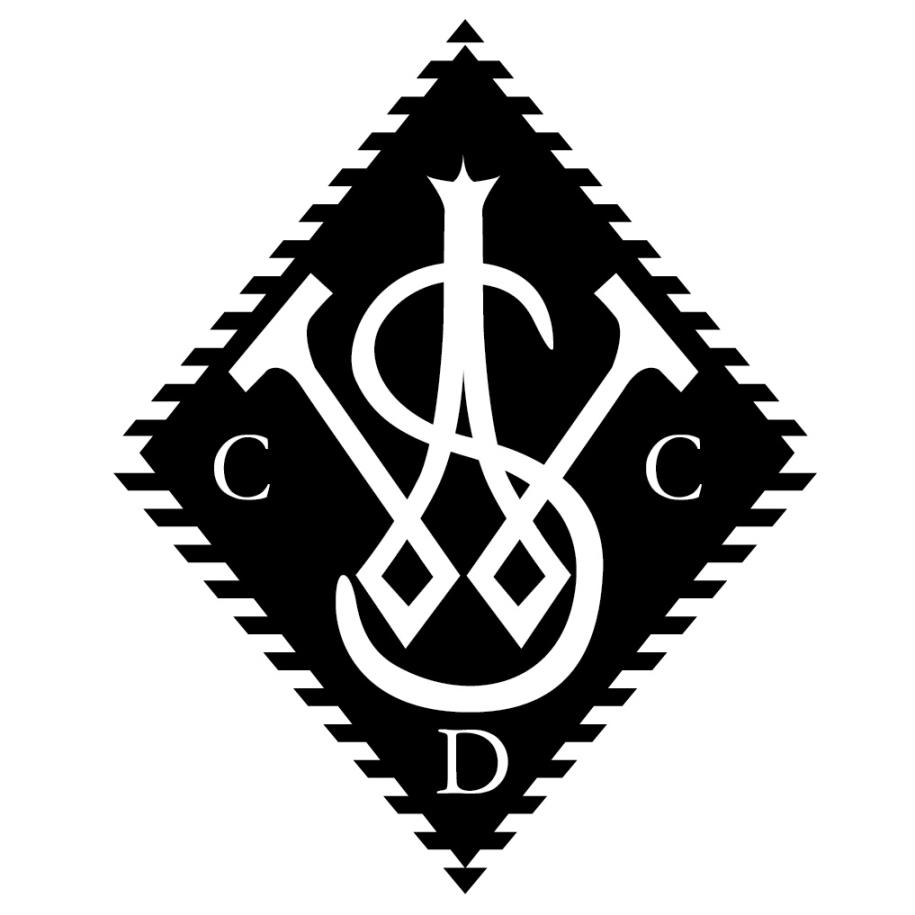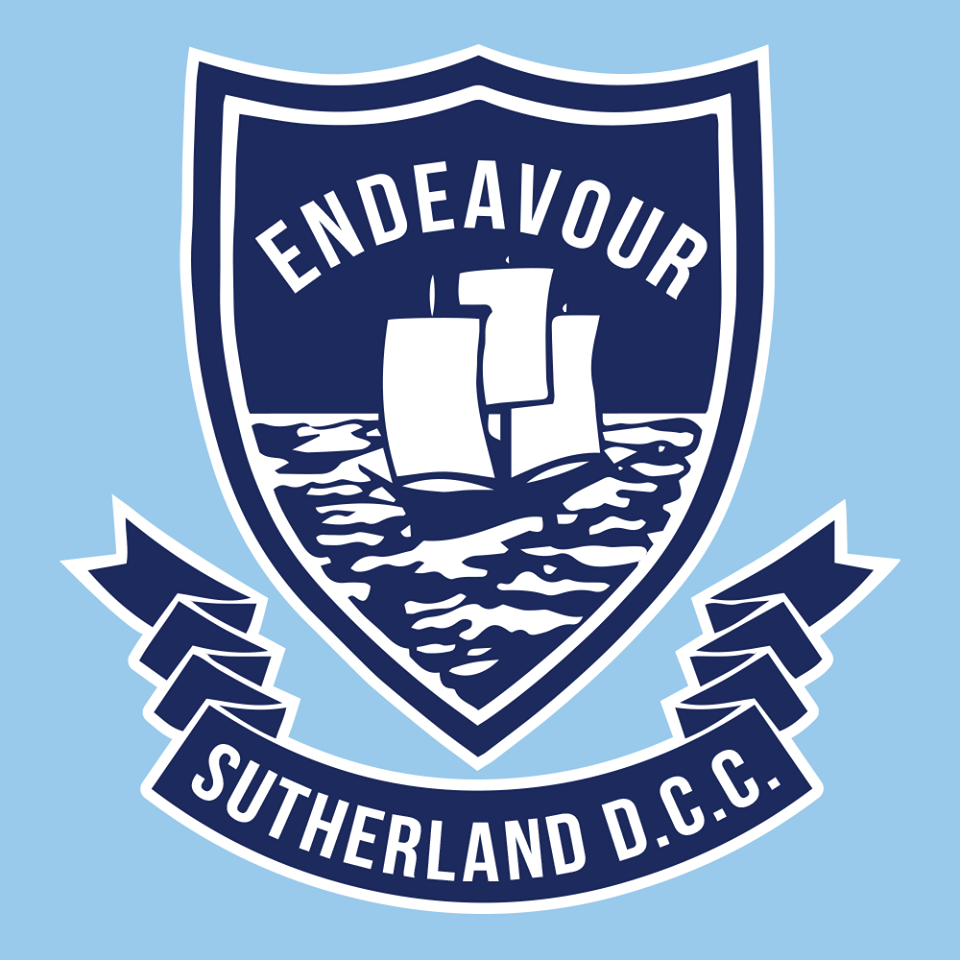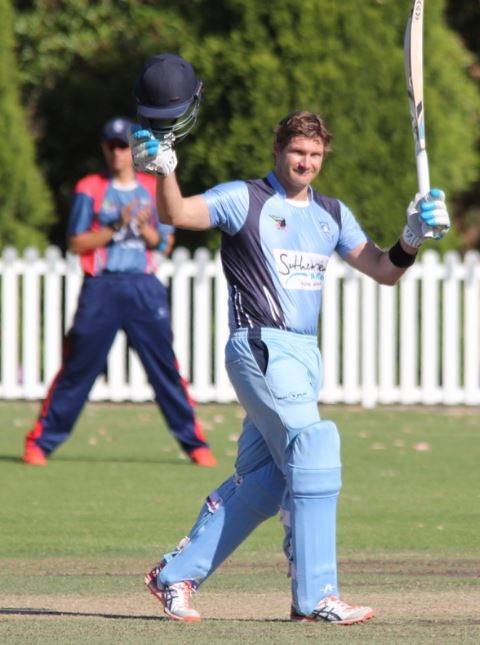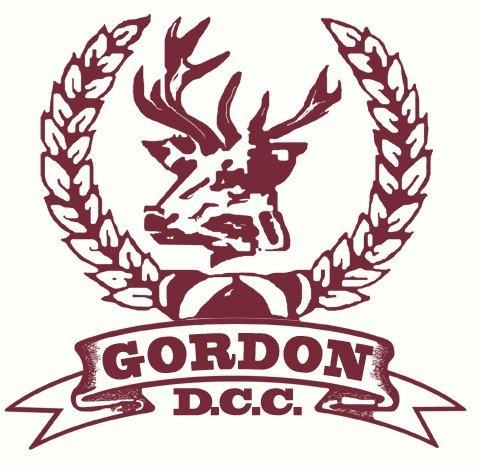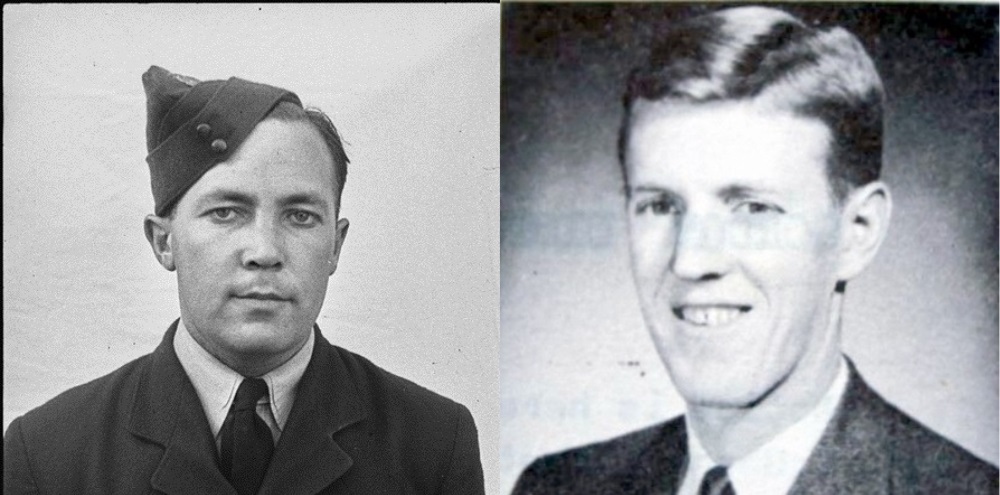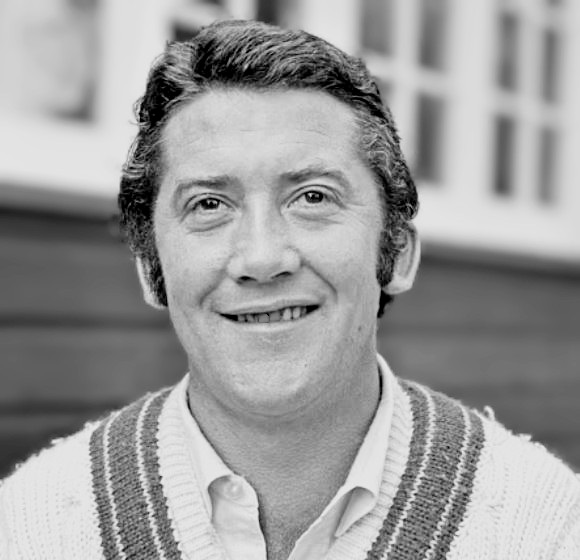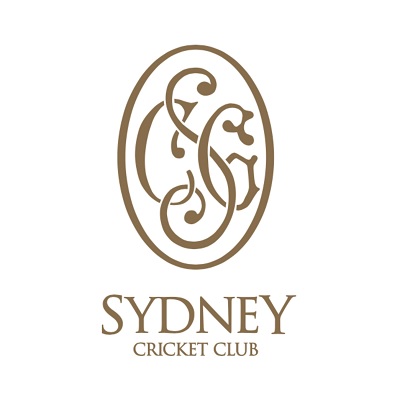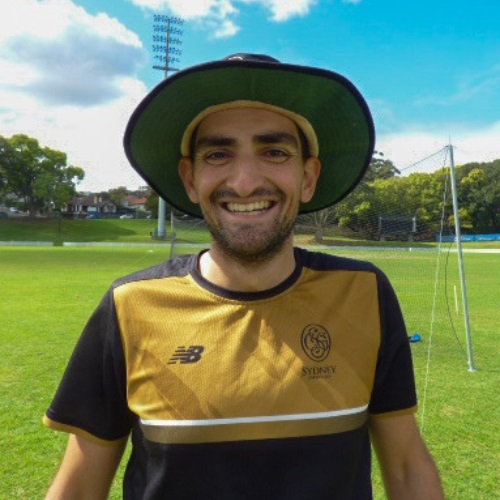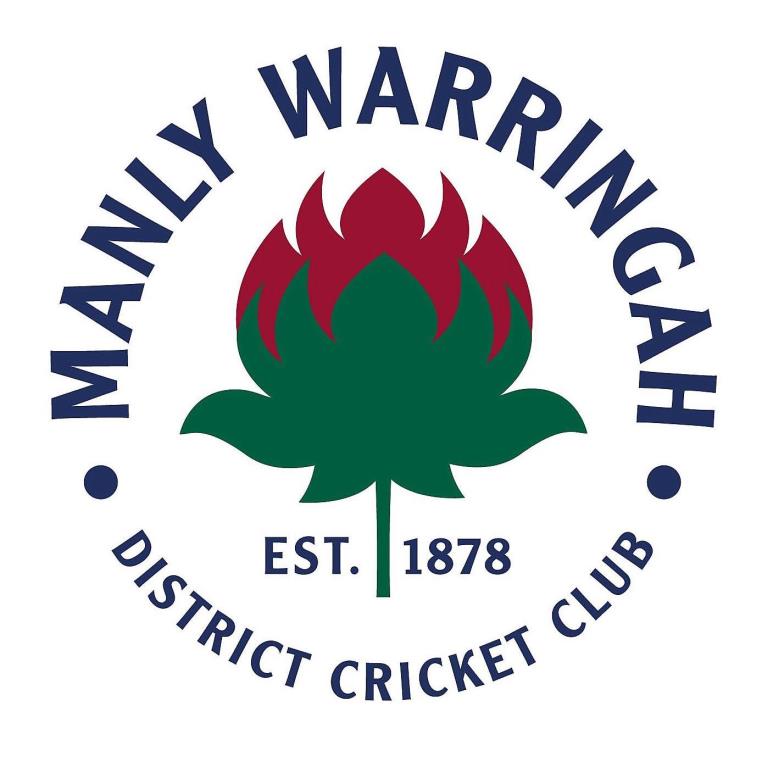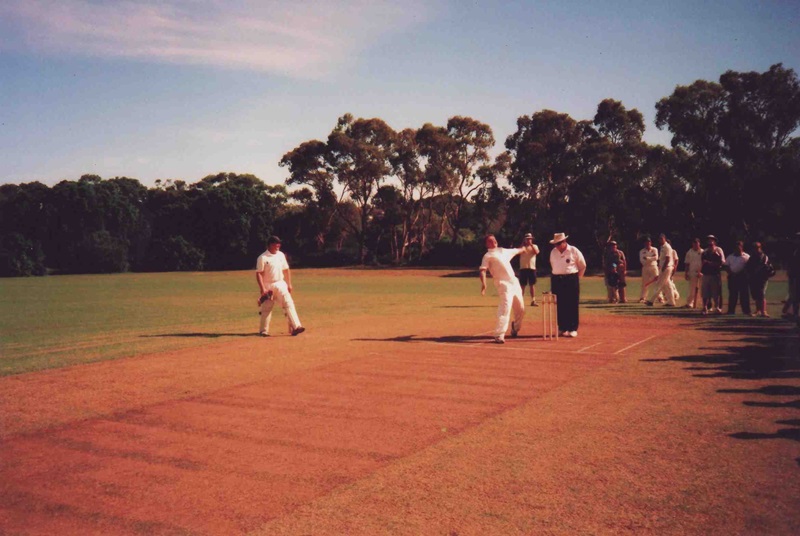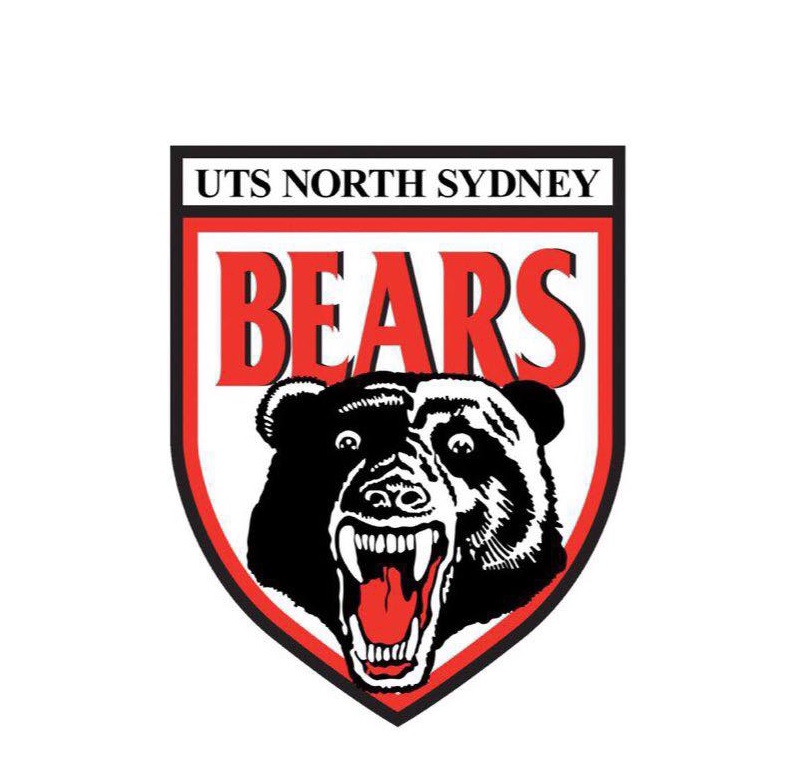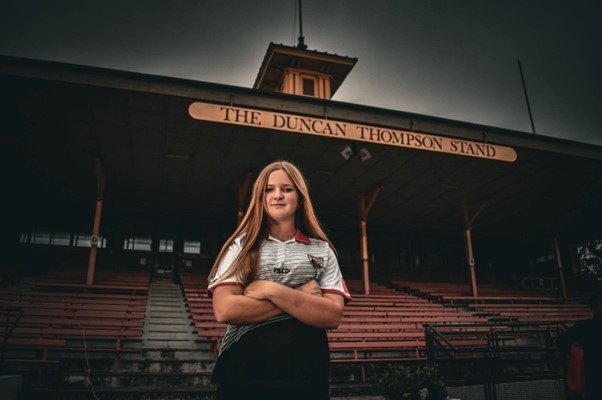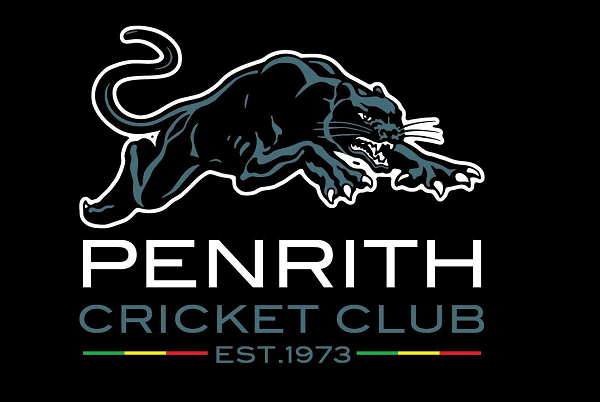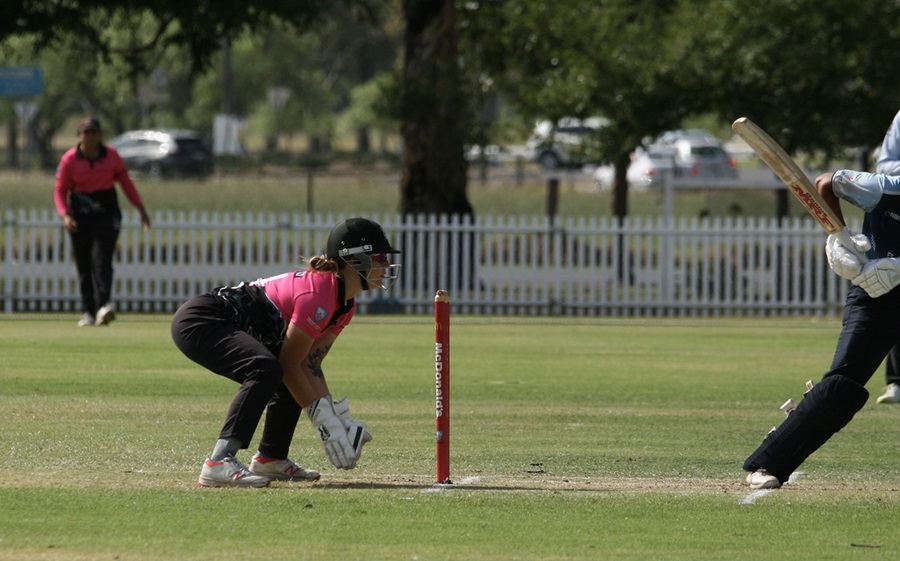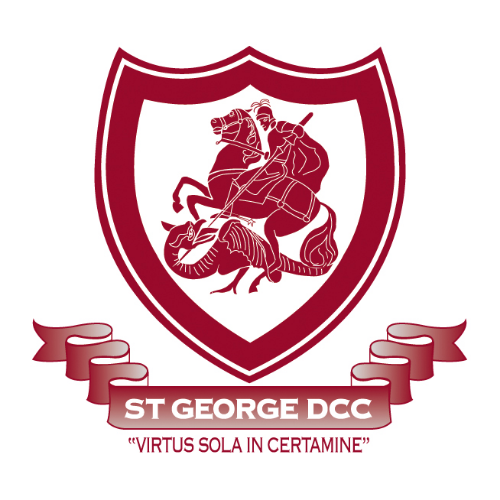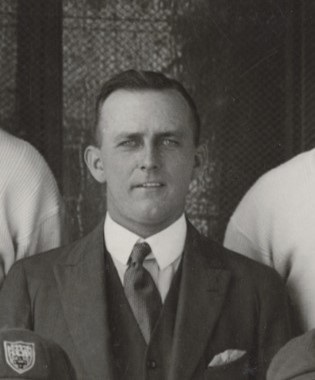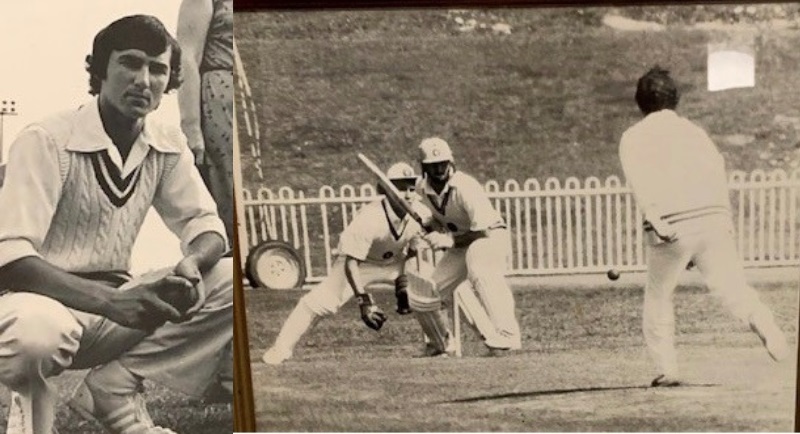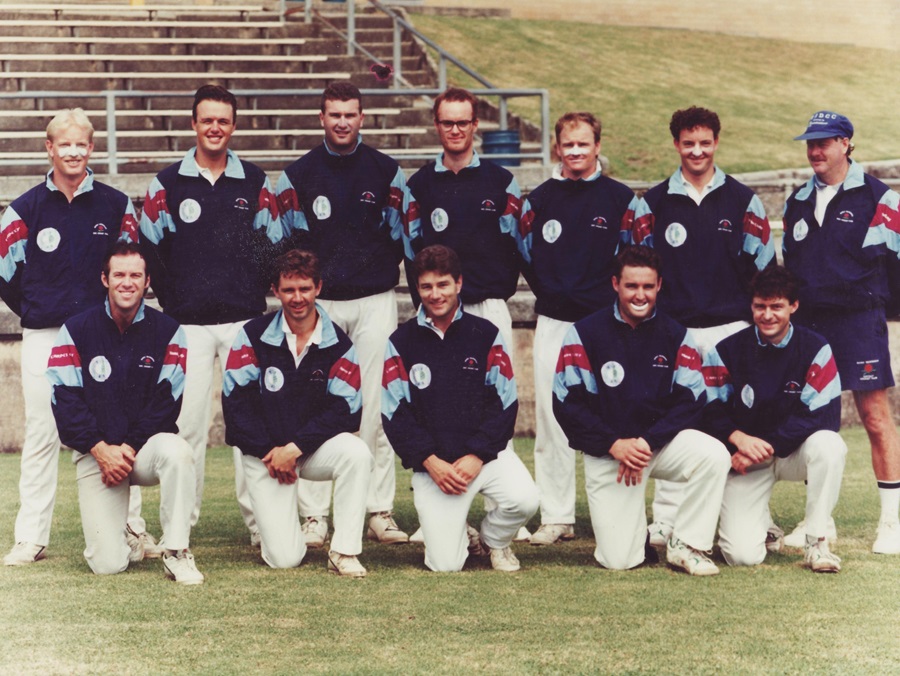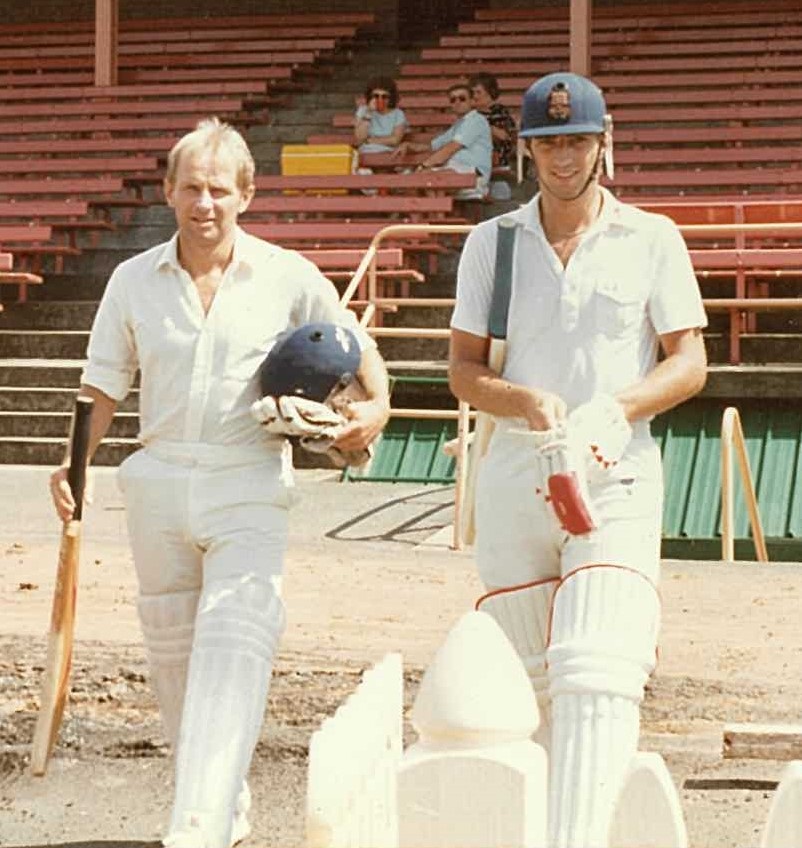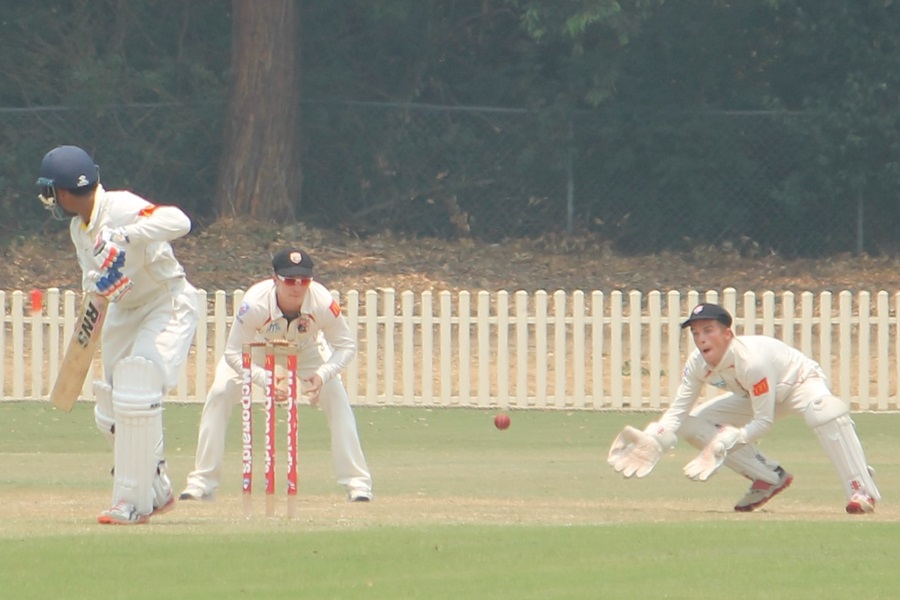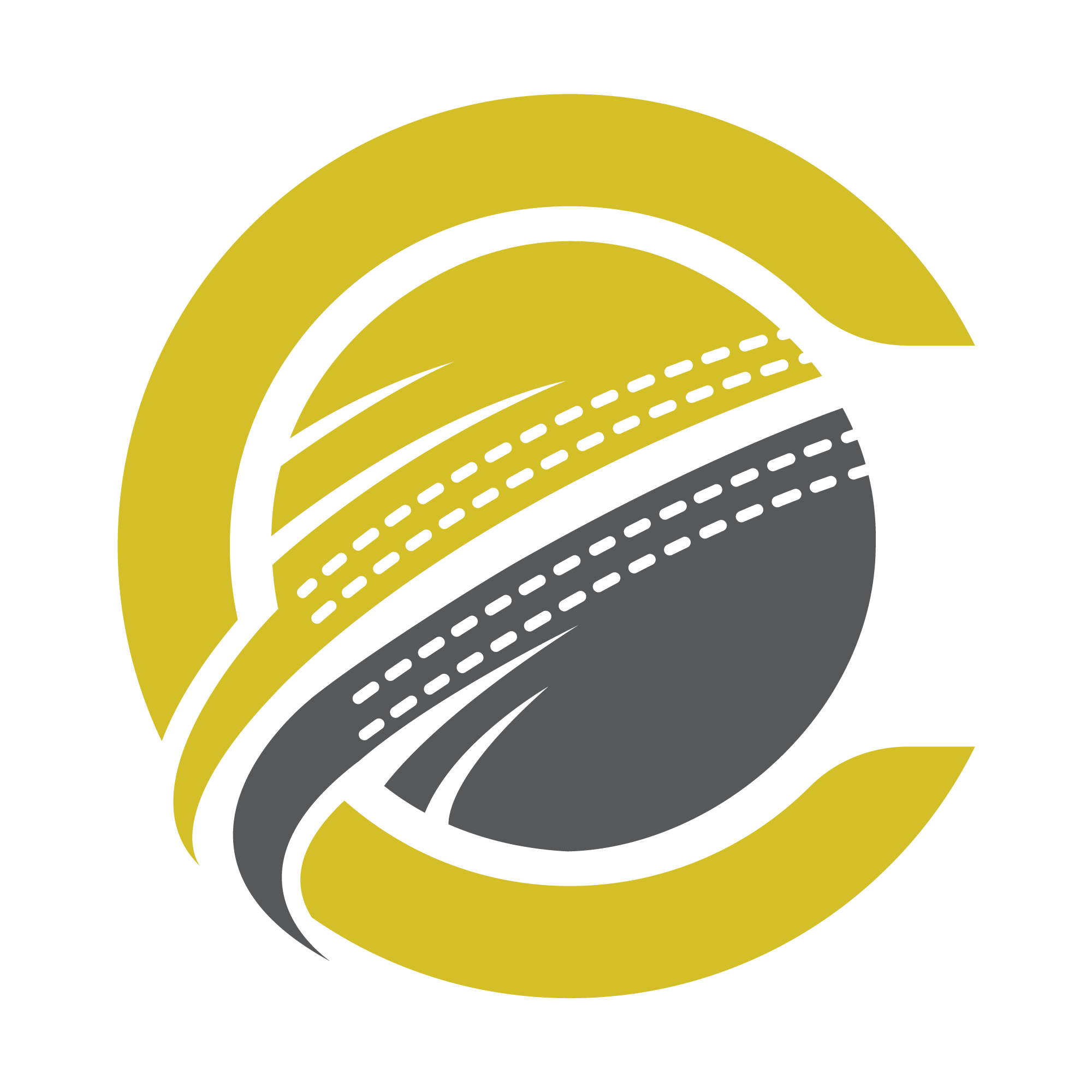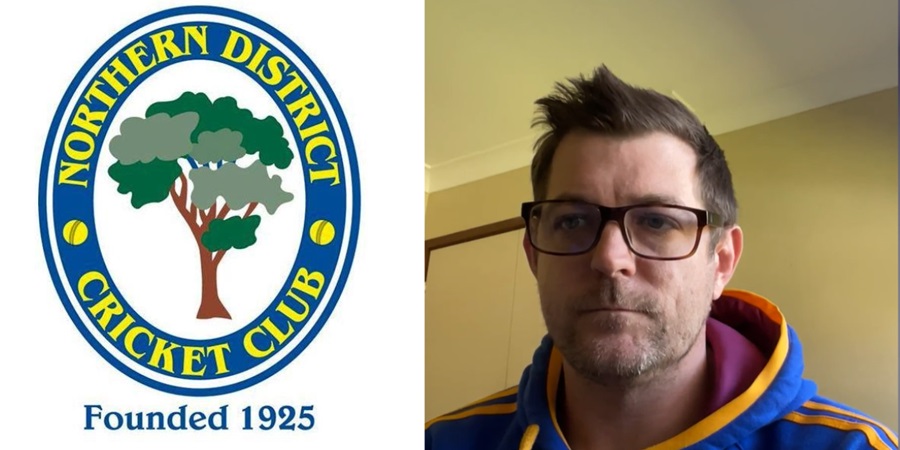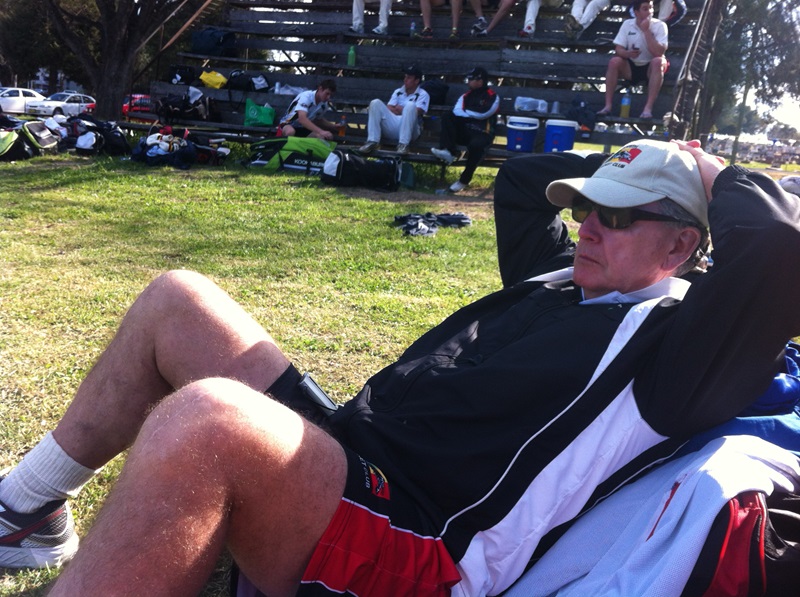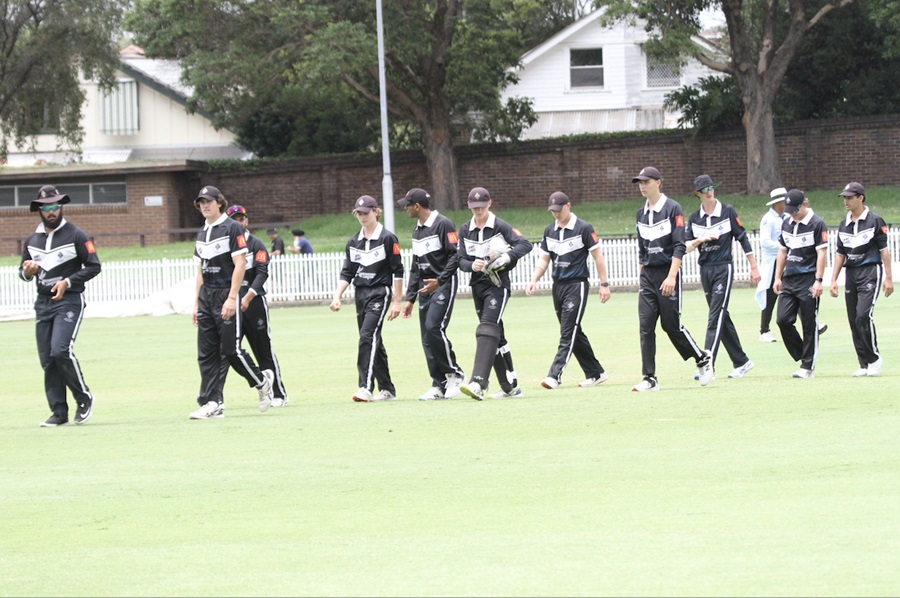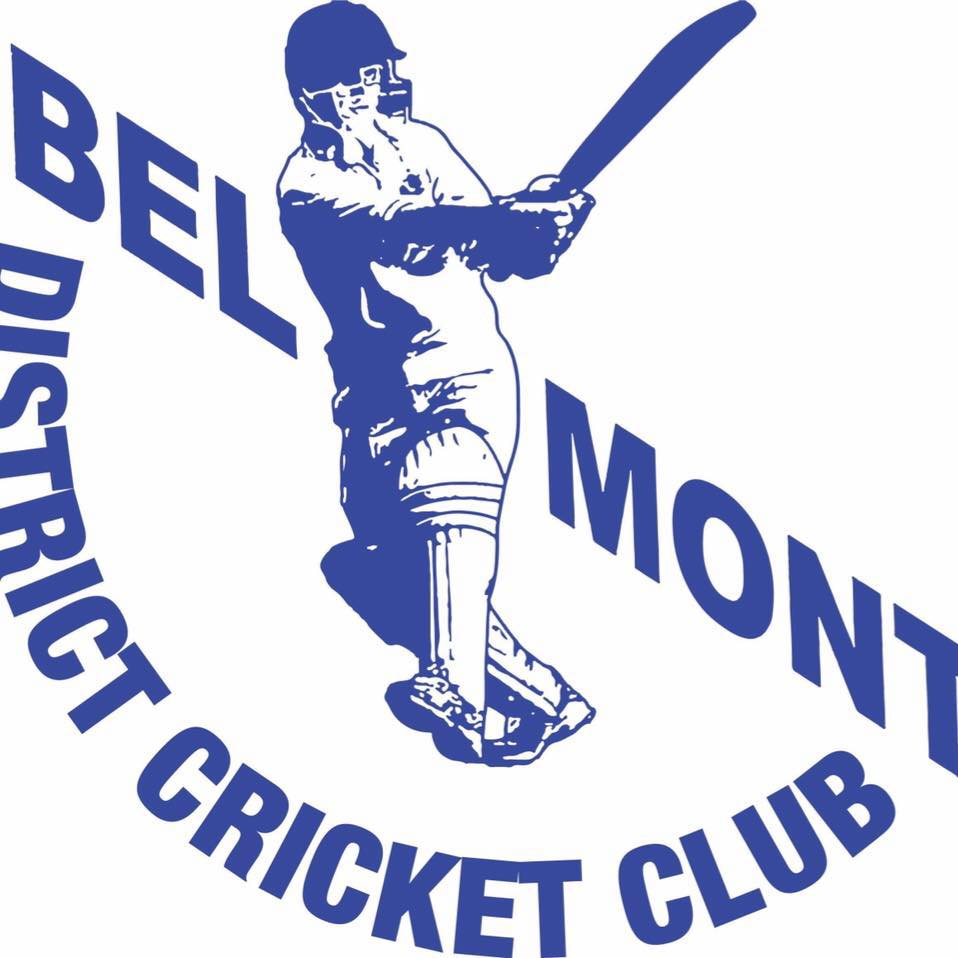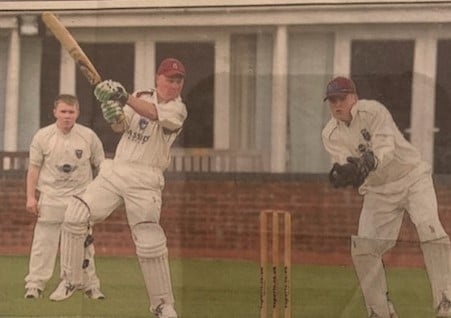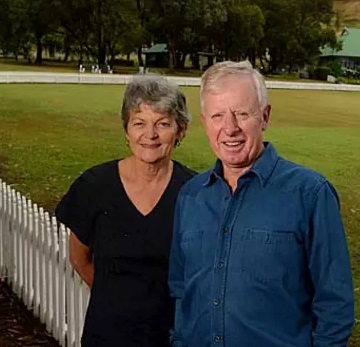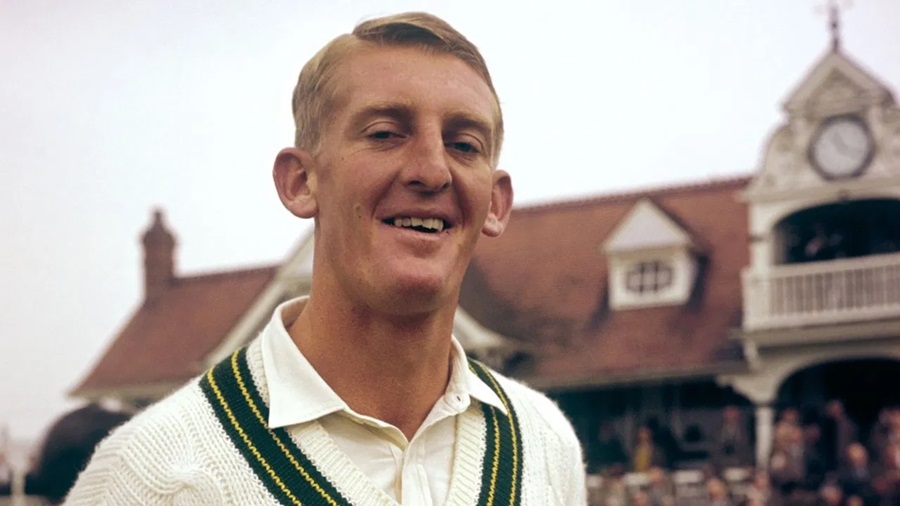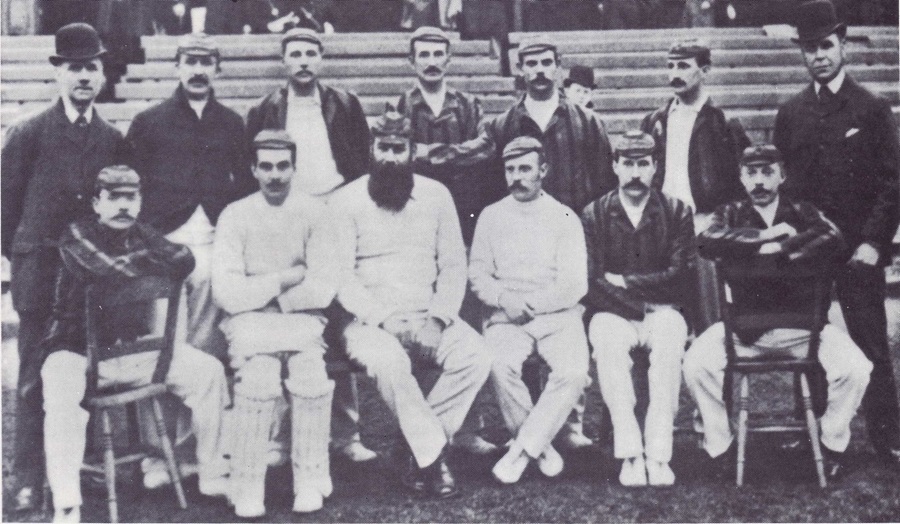last year
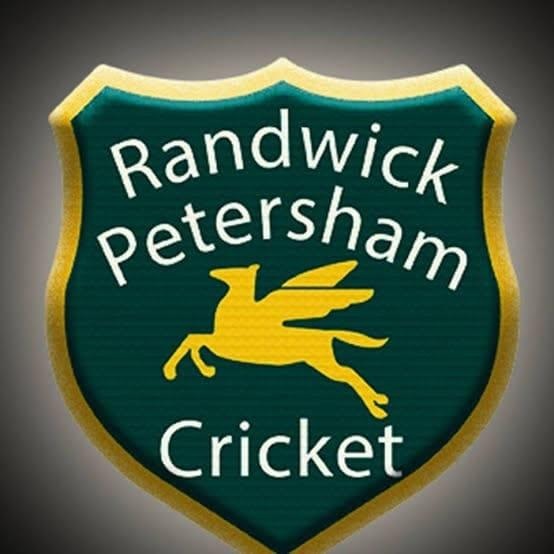
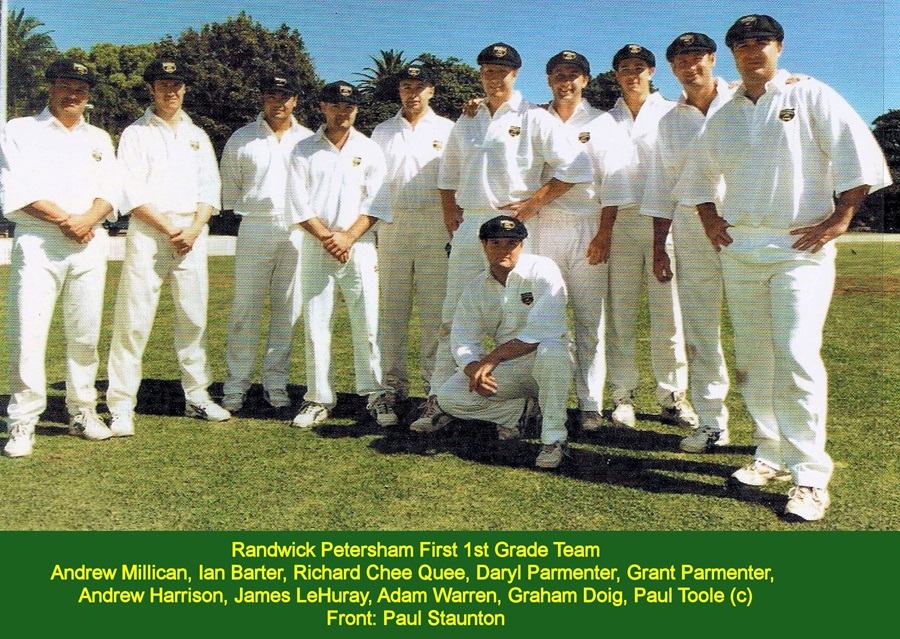
Randwick Petersham Cricket fielded its first 1st Grade team on 29 September 2001 just three months after Randwick and Petersham-Marrickville, two clubs with a century of tradition behind them, merged to form Sydney’s newest Grade Cricket Club. With the merger forcing a bye in the then 19 team 2001-02 competition, Randwick Petersham was permitted to take the bye in round one as part of its “settling”

Randwick Petersham Cricket Club
Sydney, Australia
40 Likes
43 Followers
43 Followers

Randwick Petersham Cricket fielded its first 1st Grade team on 29 September 2001 just three months after Randwick and Petersham-Marrickville, two clubs with a century of tradition behind them, merged to form Sydney’s newest Grade Cricket Club. With the merger forcing a bye in the then 19 team 2001-02 competition, Randwick Petersham was permitted to take the bye in round one as part of its “settling”
The first team comprised eight players from the former Randwick club and three from Petersham-Marrickville. While both of the former clubs’ captains, Andrew Millican and Graham Doig were in the side, Paul Toole from Randwick was selected to be the captain of the new team.
https://www.cricconnect.com/profile/258/randwick-petersham-cricket-club/blog/2446/randwick-petersham-cricket-club-first-1st-grade-team-september-2001
Read More


